Please note: This post contains affiliate links.
Today Skylum released a big update to Aurora HDR 2018 (version 1.2.0). (This is a free update for all owners of the 2018 version.) With it comes speed enhancements, faster single-file opening, Loupedeck integration (more on that in a later blog post), Windows updates (batch processing, flip/rotate tool, etc.), better memory management (to not hog so much memory from your system while running Aurora), and an updated camera list. Below is a short list of the main updates:
- Speed boost for editing and adjusting: The performance has been boosted across all areas of Aurora HDR 2018 1.2.0 on Windows and Mac.
- Fast single-file opening: With an improved image processing engine, Aurora HDR is now much faster when opening single files.
- Loupedeck integration (Mac version only): Now, users can quickly process photos in Aurora HDR using physical dials, knobs, and keys.
- Batch processing (for Windows): Aurora HDR 2018 1.2.0 will allow Windows users to edit a large number of photos simultaneously.
- Better memory management: Aurora HDR 2018 1.2.0 is also optimized to make better use of memory, with more intelligent memory management and improved stability.
- Windows version catches up to Mac version: Windows users will receive a flip/rotate tool, bringing Aurora HDR for Windows more in line with its macOS counterpart.
- Updated camera list: The full list across both Windows and MacOS includes: Canon EOS 3000D / Rebel T100 / 4000D, FujiFilm X-H1, FujiFilm X-A20, FujiFilm X-A5, FujiFilm X-E3, Olympus E-PL9, Panasonic DC-GF10 / Panasonic DC-GF90, Panasonic DC-GX9 / DC-GX7MK3, Panasonic DC-TZ200 / DC-ZS200 / DC-TZ202 / DC-TZ220 / DC-ZS220 / DC-TX2, PhaseOne IQ3 100MP Trichromatic, Sony A7 III.
Learn more about Aurora HDR 2018 on the Skylum website.
Loupedeck integration
One thing I’m excited about for the new update is the ability to use a Loupedeck with Aurora 2018. I haven’t been able to test this feature yet, but the folks over at Loupedeck are shipping one over to me soon so I’ll have some more info and a review to share here on the blog in the coming weeks.
Video walkthrough
Curious how Aurora HDR 2018 works? Watch me process an HDR image from start-to-finish using Aurora 2018:
Please note: This post contains affiliate links.
Today Skylum released a big update to Aurora HDR 2018 (version 1.2.0). (This is a free update for all owners of the 2018 version.) With it comes speed enhancements, faster single-file opening, Loupedeck integration (more on that in a later blog post), Windows updates (batch processing, flip/rotate tool, etc.), better memory management (to not hog so much memory from your system while running Aurora), and an updated camera list. Below is a short list of the main updates:
- Speed boost for editing and adjusting: The performance has been boosted across all areas of Aurora HDR 2018 1.2.0 on Windows and Mac.
- Fast single-file opening: With an improved image processing engine, Aurora HDR is now much faster when opening single files.
- Loupedeck integration (Mac version only): Now, users can quickly process photos in Aurora HDR using physical dials, knobs, and keys.
- Batch processing (for Windows): Aurora HDR 2018 1.2.0 will allow Windows users to edit a large number of photos simultaneously.
- Better memory management: Aurora HDR 2018 1.2.0 is also optimized to make better use of memory, with more intelligent memory management and improved stability.
- Windows version catches up to Mac version: Windows users will receive a flip/rotate tool, bringing Aurora HDR for Windows more in line with its macOS counterpart.
- Updated camera list: The full list across both Windows and MacOS includes: Canon EOS 3000D / Rebel T100 / 4000D, FujiFilm X-H1, FujiFilm X-A20, FujiFilm X-A5, FujiFilm X-E3, Olympus E-PL9, Panasonic DC-GF10 / Panasonic DC-GF90, Panasonic DC-GX9 / DC-GX7MK3, Panasonic DC-TZ200 / DC-ZS200 / DC-TZ202 / DC-TZ220 / DC-ZS220 / DC-TX2, PhaseOne IQ3 100MP Trichromatic, Sony A7 III.
Learn more about Aurora HDR 2018 on the Skylum website.
Loupedeck integration
One thing I’m excited about for the new update is the ability to use a Loupedeck with Aurora 2018. I haven’t been able to test this feature yet, but the folks over at Loupedeck are shipping one over to me soon so I’ll have some more info and a review to share here on the blog in the coming weeks.
Video walkthrough
Curious how Aurora HDR 2018 works? Watch me process an HDR image from start-to-finish using Aurora 2018:

Nicole is a photographer, published author, and educator specializing in Lightroom, Photoshop, and photography. She is best known for her books on food photography but is widely versed in various photographic genres, including landscape, nature, stock, travel, and experimental imagery.


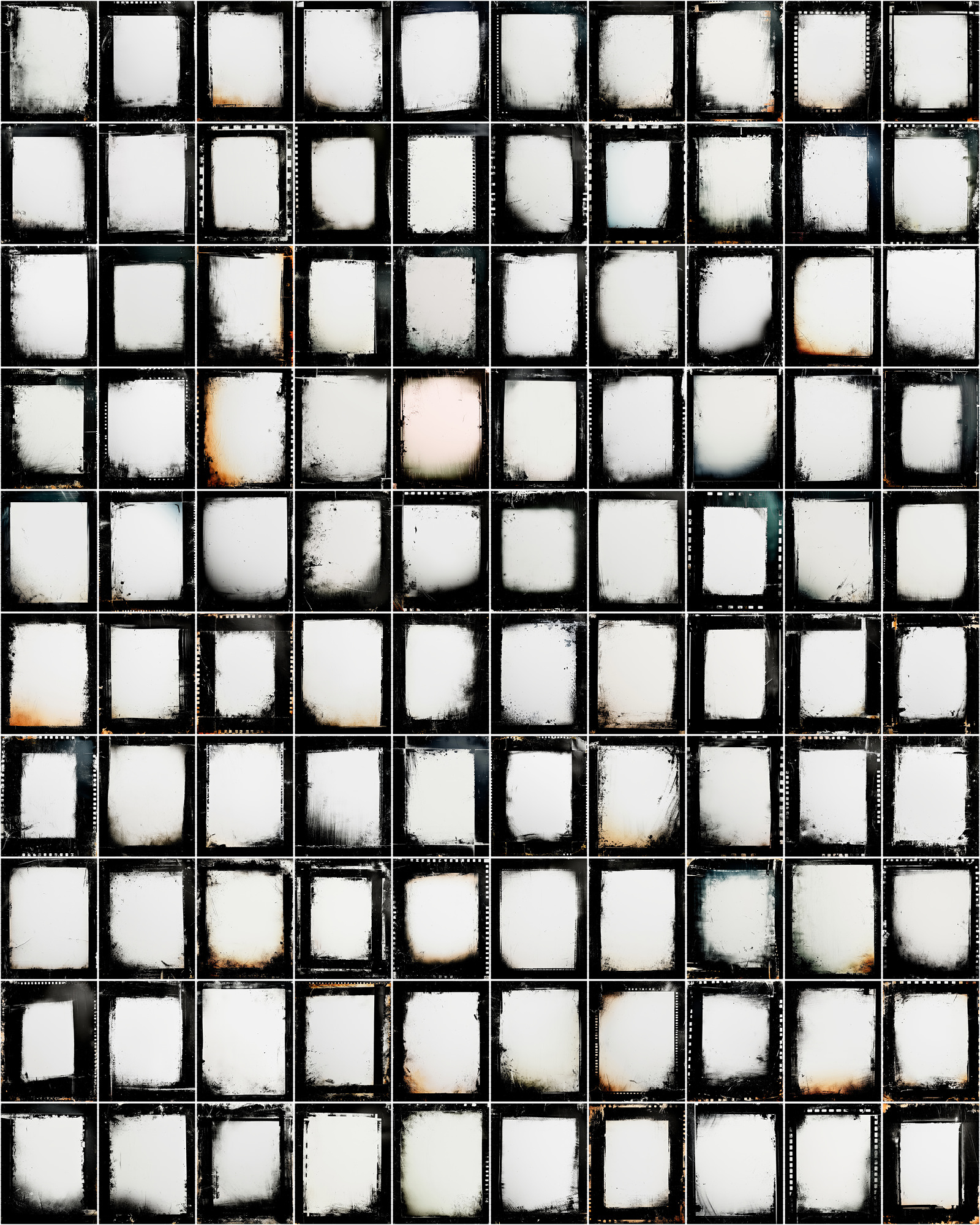


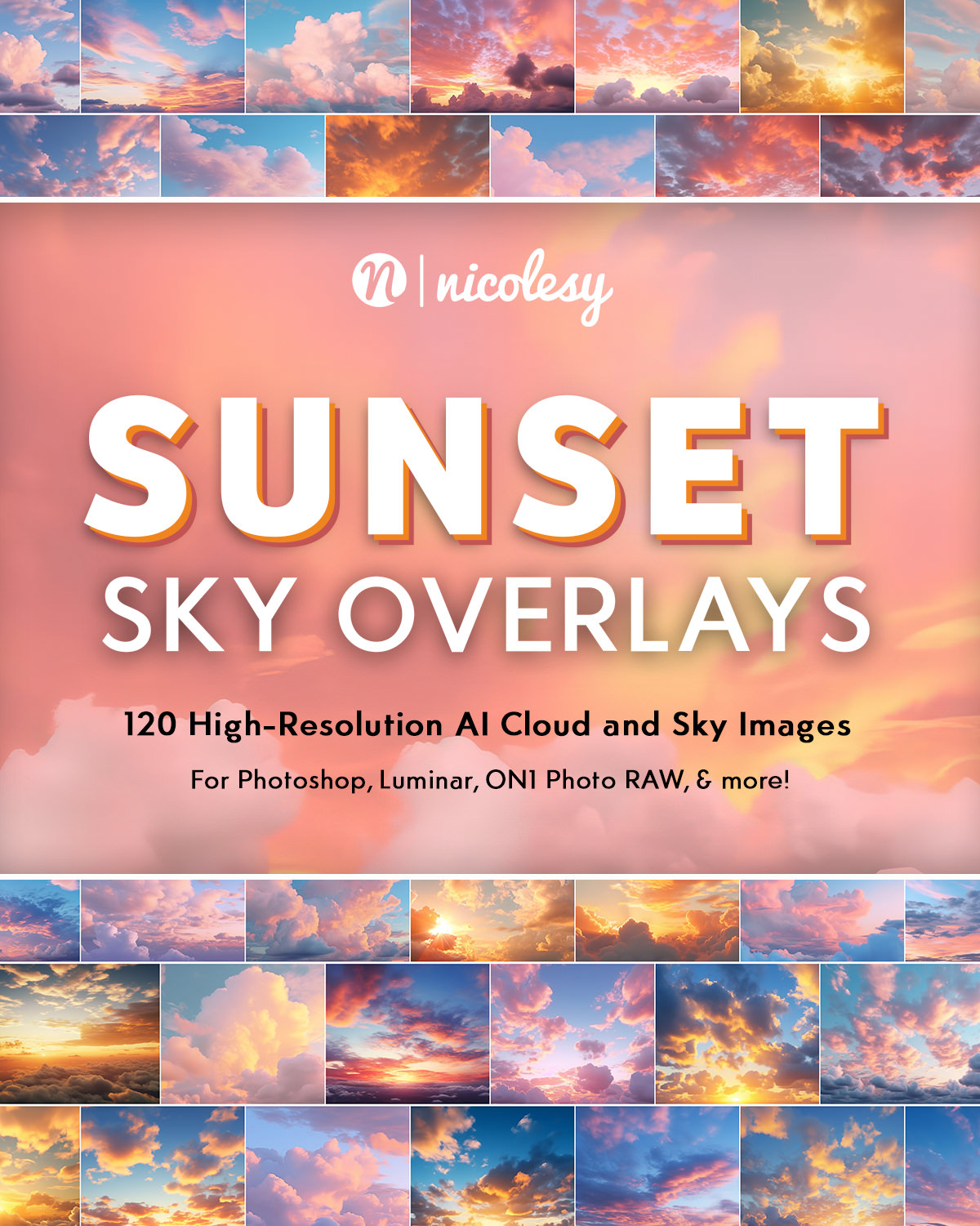

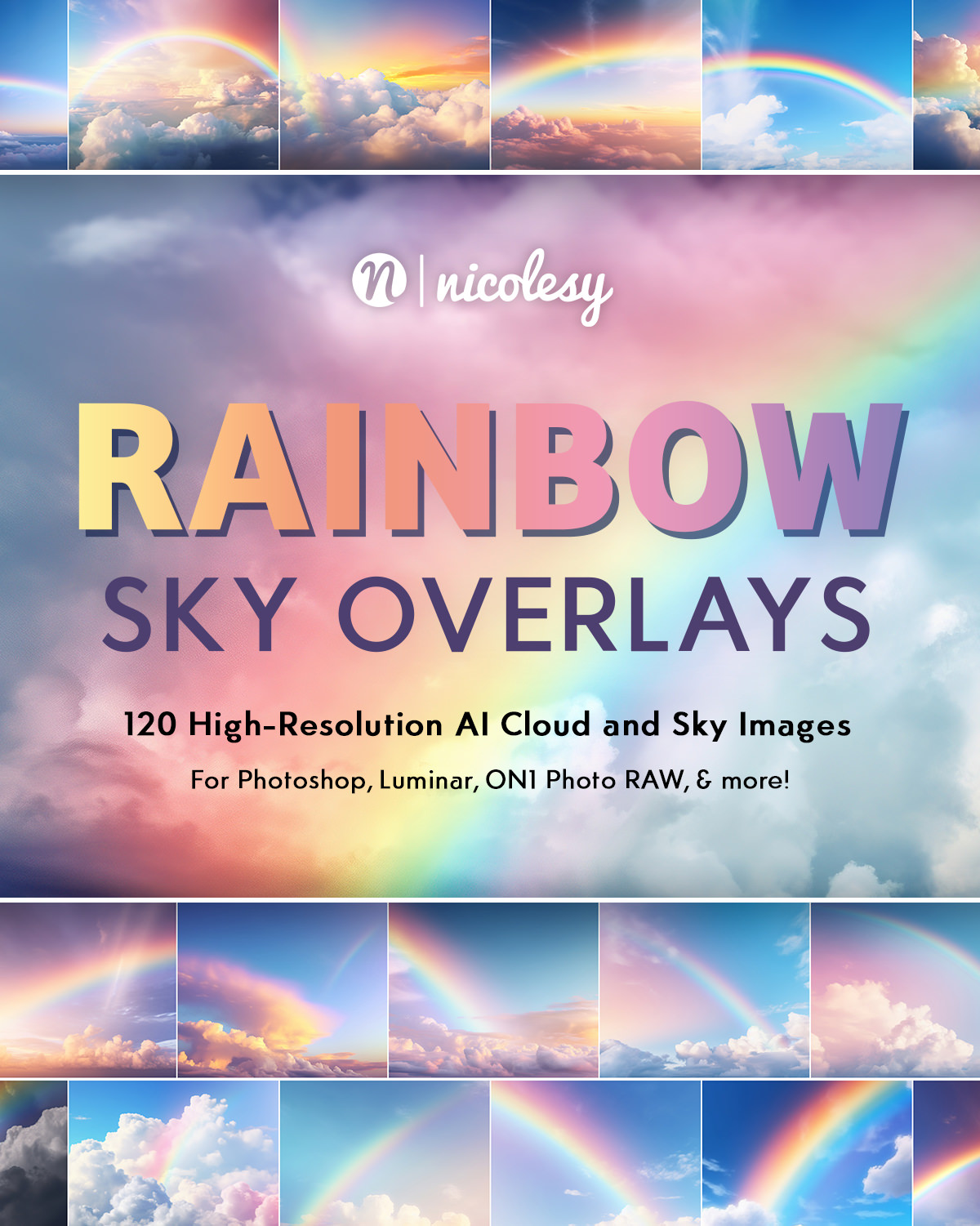
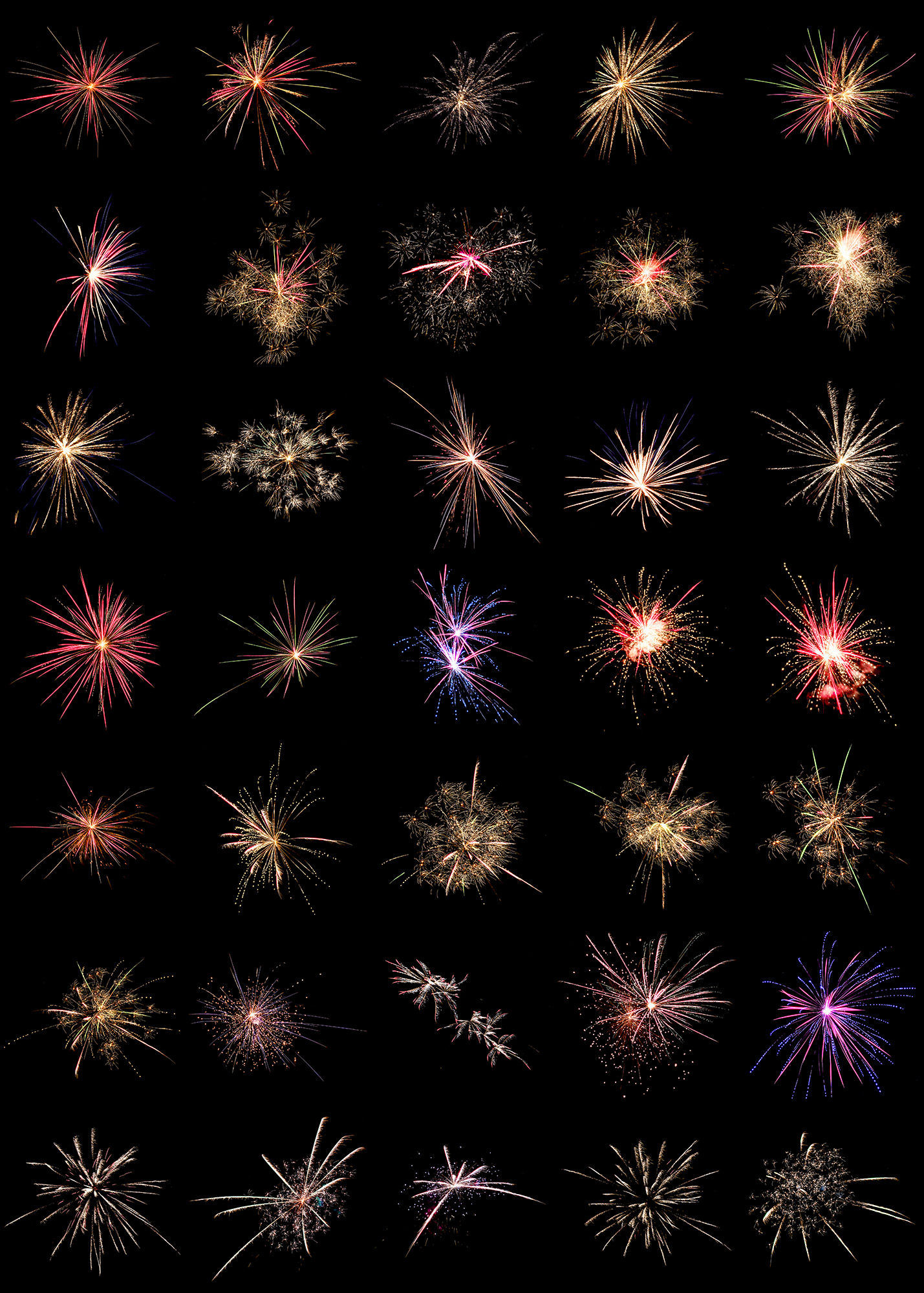
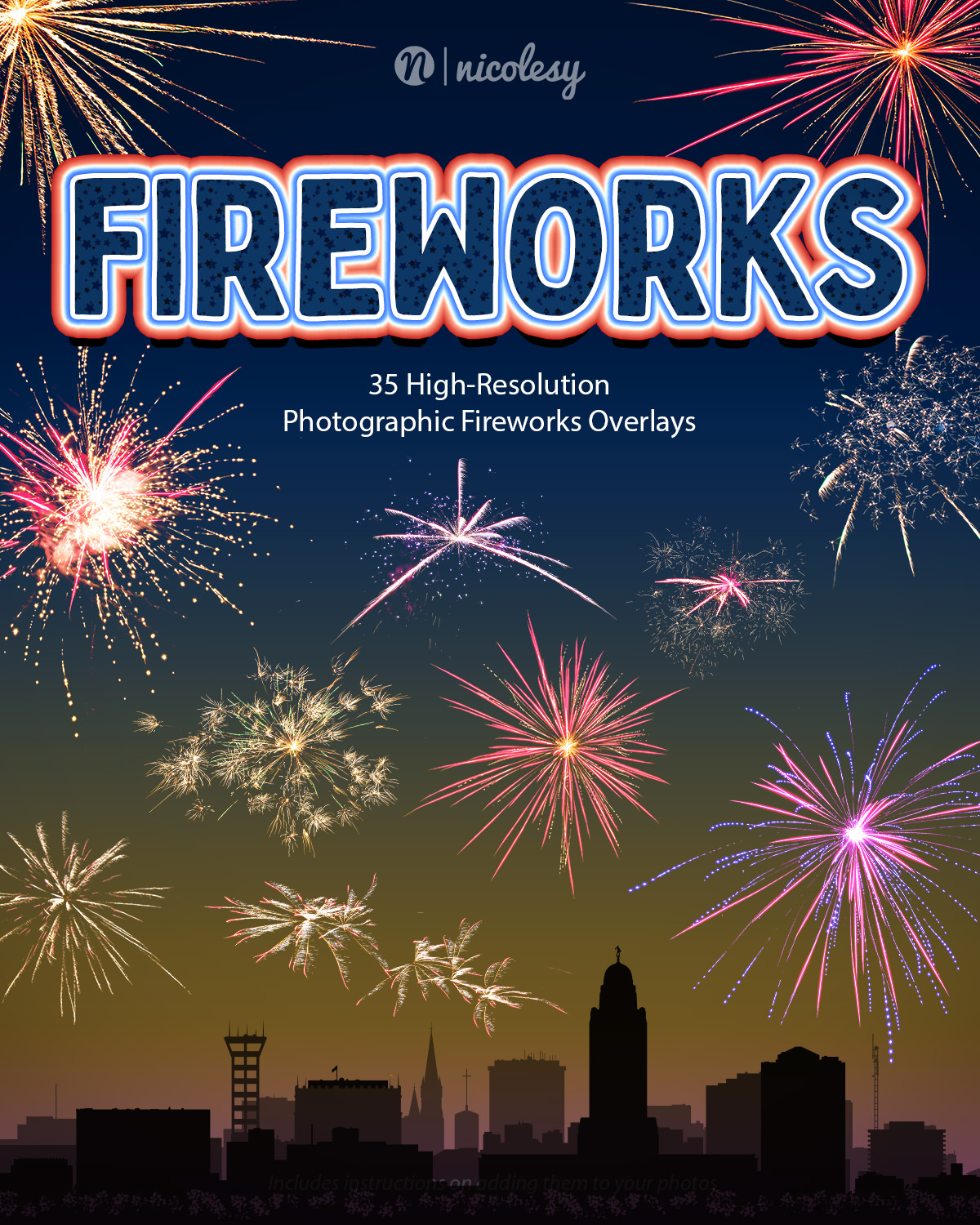
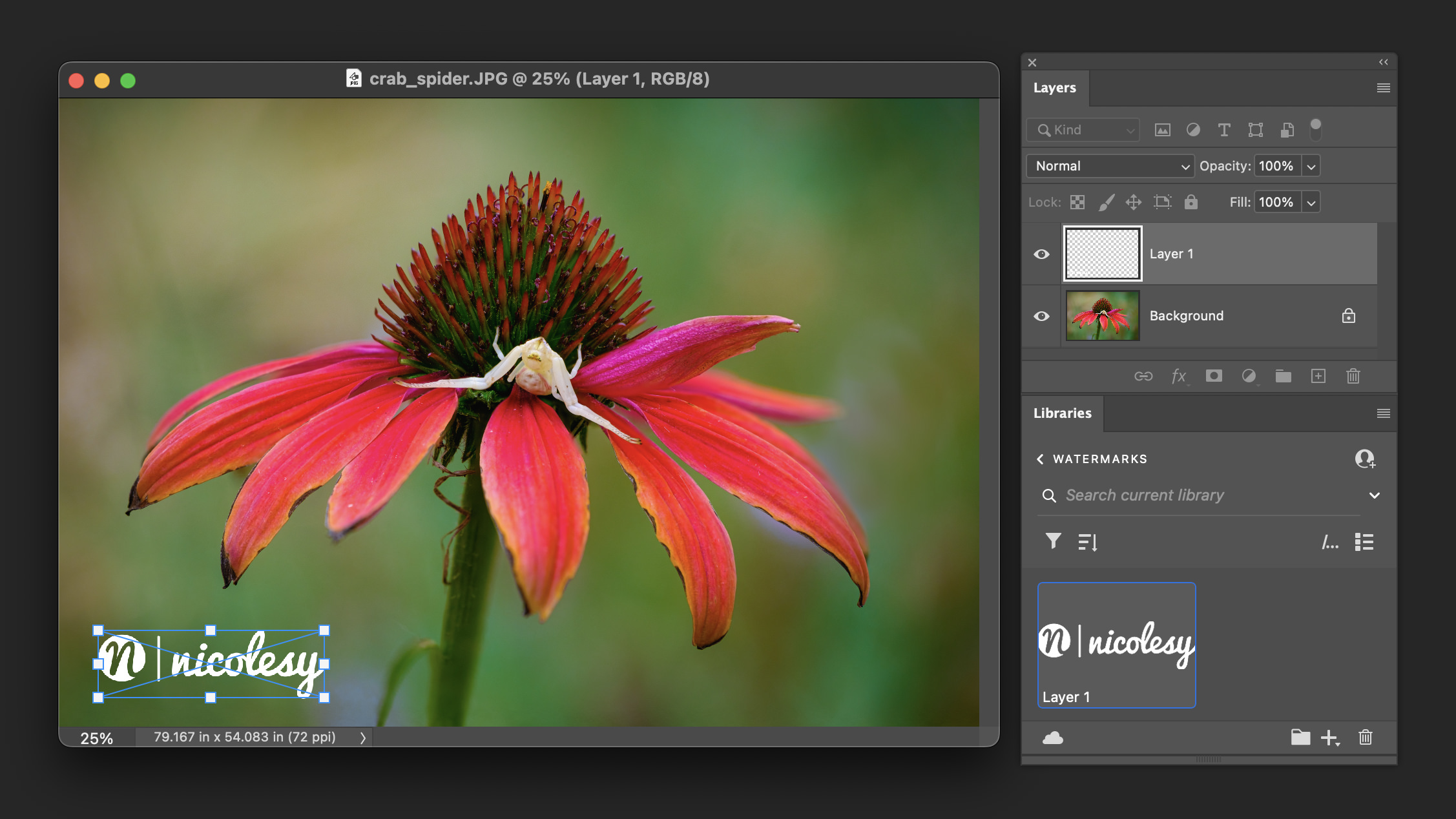


Cool! Possibly the best Aurora video I’ve seen. Thanks for sharing????????????
A complete end to end process,which enabled me to get the feel of Aurora HDR,Thanks for sharing.
A quote from your post: “This is a free update for all owners of the 2018 version.” I have Aurora 2018 1.1.3 but
when I try to upgrade, they want to charge me 59 €. What is the truth?
Hmm … you will want to contact Skylum about that. I don’t see why it would be charging if you have the latest version. To be sure, you’re trying to update it from within the app, correct? (Go to the menu and select “Check for Updates” … on my Mac I click on the Aurora HDR 2018 menu drop down, but if you’re on Windows it might be in a different location.)
Nicole, this is a very well done tutorial about Aurora. Never knew that I could do this with this program. Thank you.